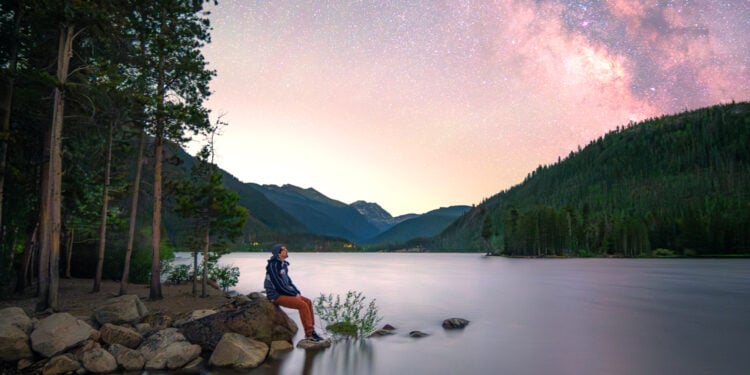How to preserve and protect the night sky and why it’s important
Text by Aaron H. Bible + Photography by David Iwane
Looking up at the night sky can be a beautiful, humbling, and grounding experience. Unfortunately, the light pollution that obscures the night sky is an increasing problem that continues to plague the health of both humans and animals. This can come from exterior and interior building lighting, sporting venues, commercial properties, homes, advertising, factories, and streetlights. More than 80% of people living in the United States cannot see the Milky Way from their backyard because of urban and suburban light pollution.
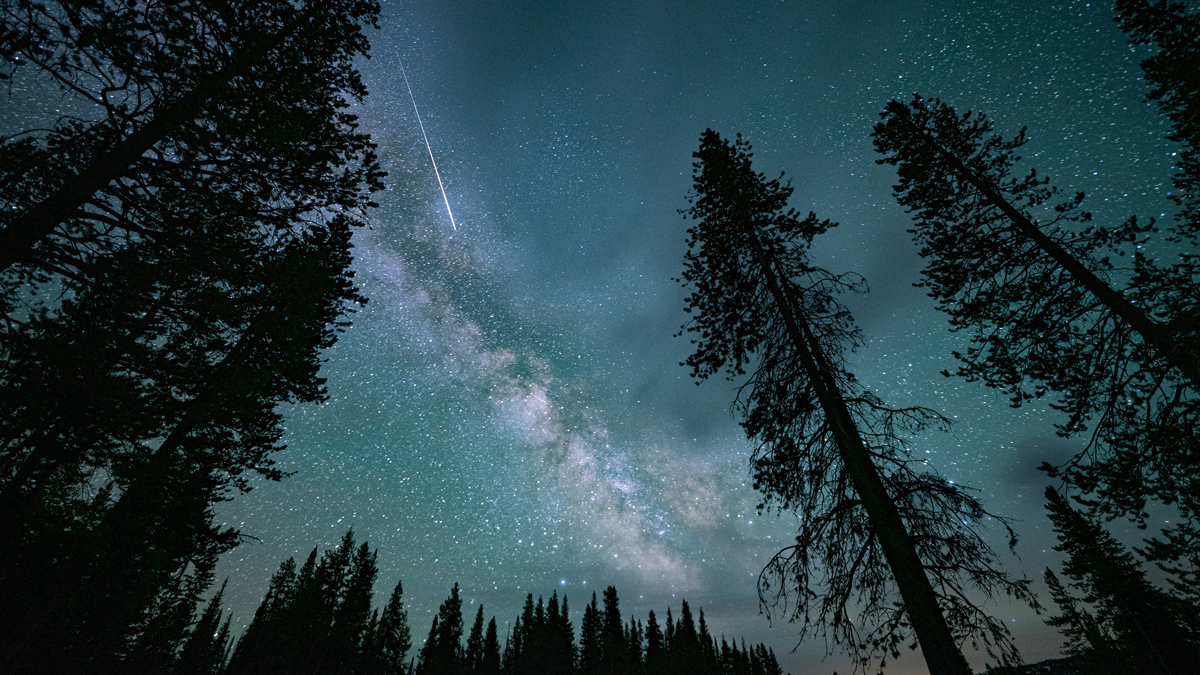
Research suggests that artificial lights that emit blue lights may contribute to the causes of cancer, heart disease, obesity, and diabetes. Artificial blue-white lights can also increase glare and adversely affect vision, creating road safety problems.
Fortunately, DarkSky International works to protect the night skies for present and future generations. They work to reduce light pollution globally through education and policy. The organization also certifies lighting for homes and businesses through the Dark Sky Rating certification process.
“Our minds are cluttered with all the noise of day-to-day living. The constant bombardment of all the social media chatter, advertising, personal interactions, politics, and the distractions of others in our lives overwhelms our sense of who we really are,” explains astronomer Tim Frazier. “The seemingly simple act of looking inward becomes so difficult that we lose our sense of self. To look up on a starry night is to see ourselves. The beauty of the night sky is within us all.” Frazier is a retired Professor Emeritus from Idaho State University and former department chair, with an undergraduate degree from Vanderbilt University and an MFA from the University of Florida.
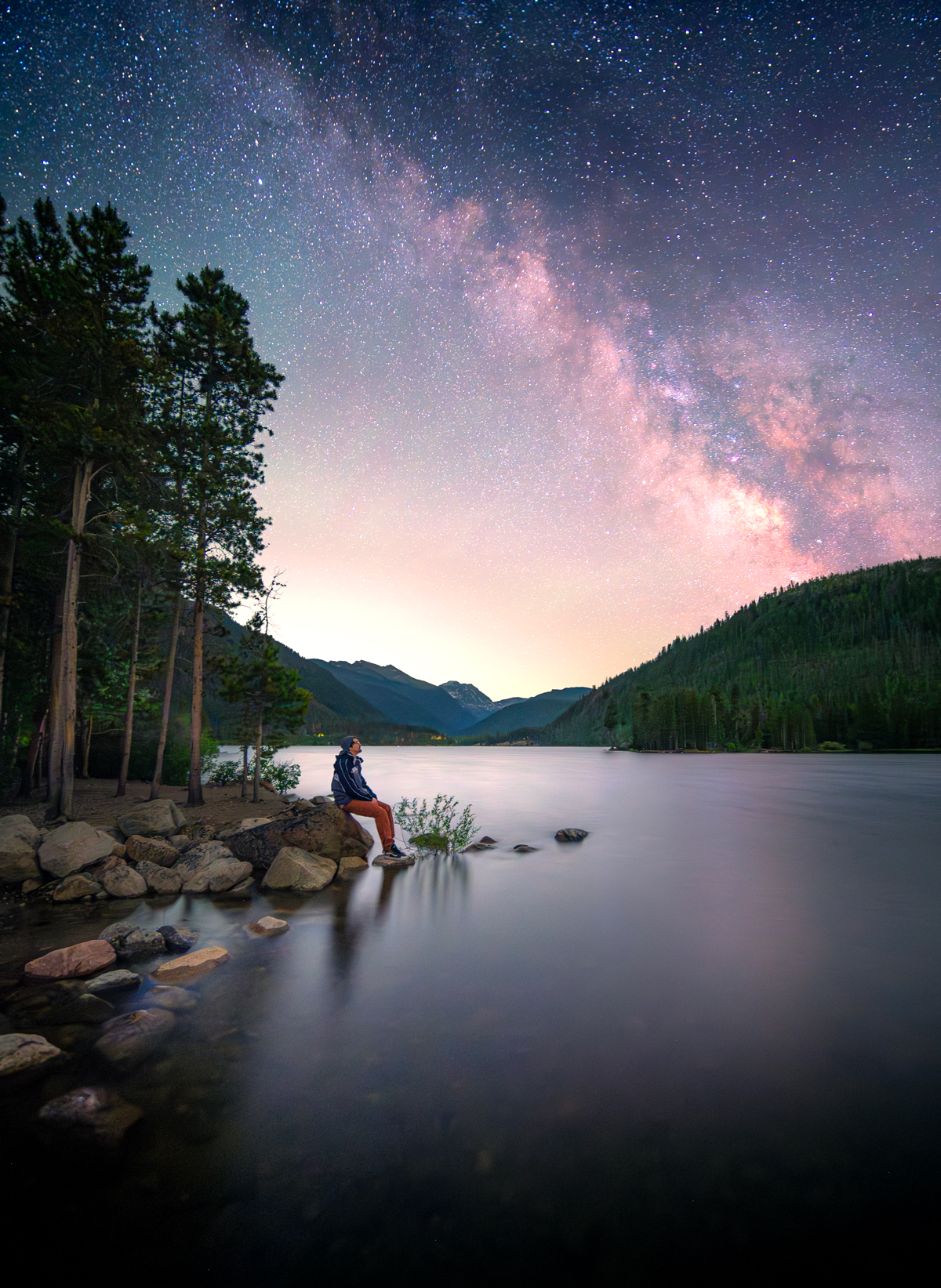
Minimizing the impacts of artificial light has other benefits besides helping us to see starry skies. Artificial light at night has adverse effects on creatures including amphibians, birds, mammals, insects, and even plants. Adult female sea turtles have difficulty finding dark beaches for laying their eggs, while newborn sea turtles have trouble making their way to the ocean. Just as undersea sound pollution affects whales and other sea life, light pollution affects migratory birds and animals, even causing birds to collide with illuminated buildings and towers. Astrotourism is also a growing part of the travel and tourism industry. Many hotels and resorts are partnering with local astronomers to help people gain an appreciation for the night sky.
“We need to place ourselves within the larger sphere of existence and get outside of the static that surrounds us. Looking outward, away from all the circumstances of living, provides a perspective from which we gain clarity. Fundamental questions of how we are living become clearer; things of quiet significance emerge,” continues Frazier. “One of the best ways of achieving this calm state is to simply look up on a starry night and see the swath of stars that is our larger home. We are an integral part of this universe, literally made of the remnants of ancient stars. As we breathe, we are inhaling the oxygen and nitrogen created inside stars. We are not simply surrounded by the universe — we exist as part of its vastness. From this place of acceptance, we can more fully see who we are.”
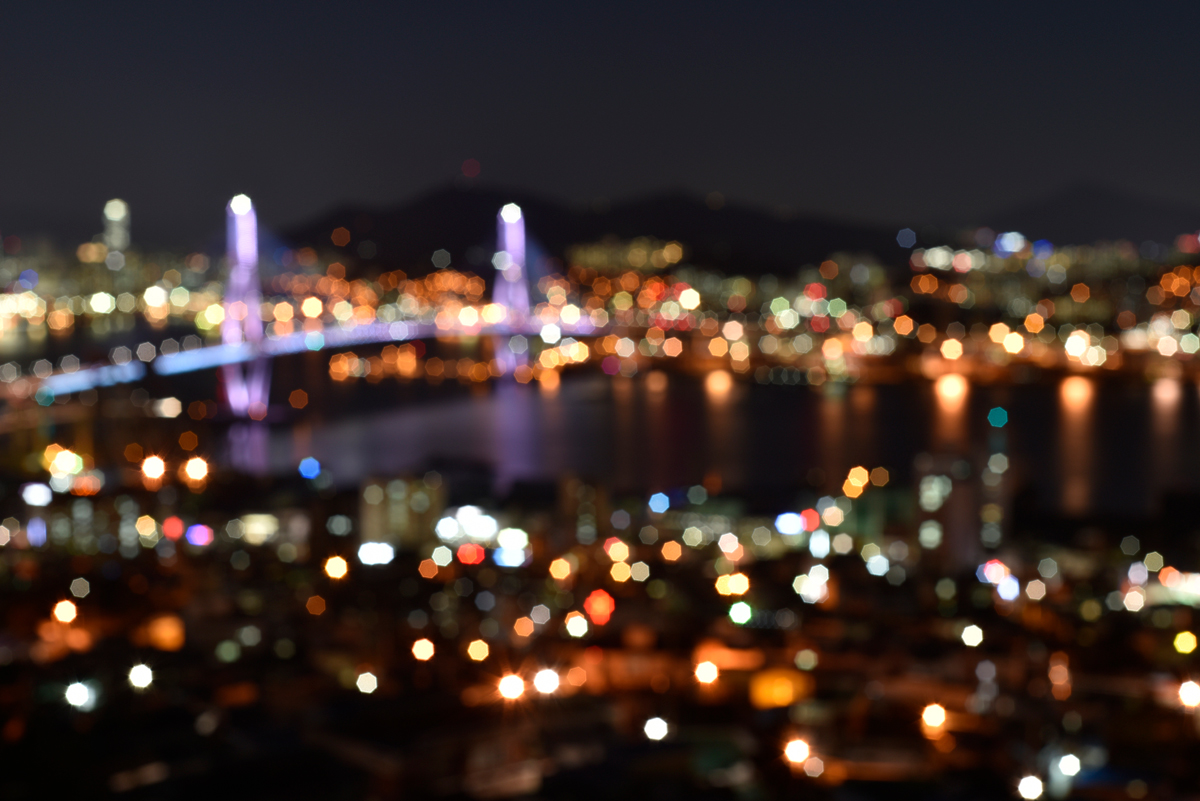
City glare that obscures the night sky is the primary source of “light pollution,” an increasing problem that continues to plague the health of humans and animals on our planet. Light pollution can come from exterior and interior building lighting, advertising, commercial properties, offices, factories, streetlights, and sporting venues.
The International Dark-Sky Association (IDA) started in 1988 in Tucson, Arizona, where they are still headquartered today, boasting members and advocacy on every continent. According to program director Michael Rymer, the issue of light pollution has been discussed since the late 1940s by researchers with astronomical interests, as they began to see the night sky brighten over areas of astronomical study.
“We also aim to protect existing dark zones through the International Dark Sky Places program, with five different certifications given to locations after an in-depth application process, depending on the size, the population, and the remoteness of the area,” says Rymer. “These certifications are typically used by the citizens and organizations who seek to protect the night sky to promote tourism to their location. They use the draw of dark night skies as an opportunity for visitors to take in star gazing in its many forms without the harmful effects of outdoor lighting to obscure their vision and wash out the night sky.”
According to DarkSky International, sources of light pollution include:
- Glare – excessive brightness, causing visual discomfort
- Skyglow – brightening of the night sky over inhabited areas
- Light trespass – light falling where it is not intended or needed
- Clutter – bright, excessive light sources
Here are some of the Top Tips for reducing light pollution:
A few simple changes recommended by IDA can lead to beautiful and functional home lighting – indoors and out – that does not contribute to excessive light pollution.
As today’s homeowner’s outdoor spaces are viewed as extensions of our living spaces, let’s explore how we can help contribute to reducing light pollution and enjoying our night skies to their fullest. Some believe it is still possible to create a luxurious, stylish and safe outdoor space that is also sustainable. Acceptable dark sky lighting fixtures point downward and shield the light source to minimize glare and light trespass as well as make it easier to see at night. “Making the move to dark-sky rated outdoor light fixtures is easy and has substantial benefits,” said Denise Vaughn, head of ESG/Sustainability for Ferguson. “It can mean the difference between being able to enjoy the stars at night and not being able to.” Dark sky lighting also has health and safety benefits for people.
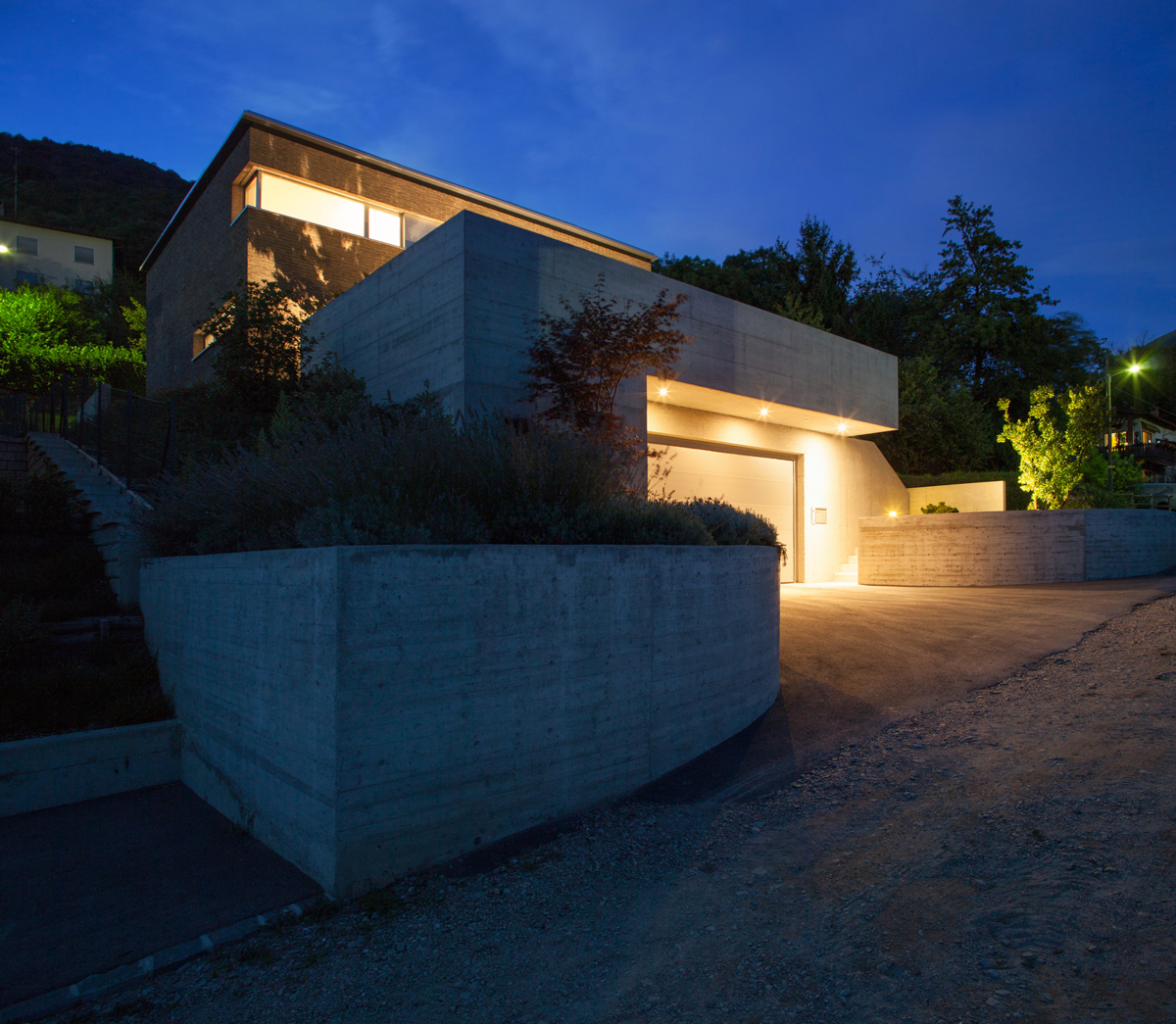
You can make your home night-sky friendly with a few easy steps, according to IDA:
- Use lighting only when and where needed — and that is no brighter than necessary.
- User warmer lights and minimize blue light emissions; blue light brightens the night sky more than any other color of light.
- Install motion-detector lights and timers ensuring lights don’t stay on all night.
- Shield outdoor fixtures, so the light shines where it needs to: downward. Consider buying an outdoor ceiling fan without a light and pair it with recessed, ceiling Dark Sky-rated light rated light. This set up can keep homeowners cool and deter insects from gathering.
- Select outdoor light fixtures with the “Dark Sky” or “Good Neighbor” seal of approval.
Transitioning toward eco-friendly lighting
Choose an energy-efficient light source. Switching over to solar lighting for illuminating walkways, stairs, and driveways provides a number of benefits. Aside from being eco-friendly and reducing the home’s carbon footprint, since solar lighting relies on the sun’s energy, it requires little additional maintenance and are very cost-effective. For wired lighting, LED and low-voltage options rely on stepped-down power (meaning voltage is decreased by way of a transformer) from your home.
Ferguson (the largest wholesale distributor of residential and commercial plumbing, pipe, valves and fittings in the U.S.) Director of Showroom Caroline Danielson says that dark sky-rated fixtures such as landscape lights and wall sconces are available from trusted brands in a range of designs to complement every home style. “We help homeowners with lighting that boosts curb appeal and provides energy-efficient safety lighting for walkways and porches, while also reducing light pollution and helping to protect the night sky and wildlife,” Danielson said.
An IDA International Dark Sky Community is a town, city, municipality or other legally organized community that has shown exceptional dedication to the preservation of the night sky through the implementation and enforcement of a quality outdoor lighting ordinance, dark sky education and citizen support of dark skies. Dark Sky Communities excel in their efforts to promote responsible lighting and dark sky stewardship, and set good examples for surrounding communities.
To learn more about minimizing light pollution, see the DarkSky.org website.
~ From the pages of NEST…To subscribe to NEST Magazine, click here.
